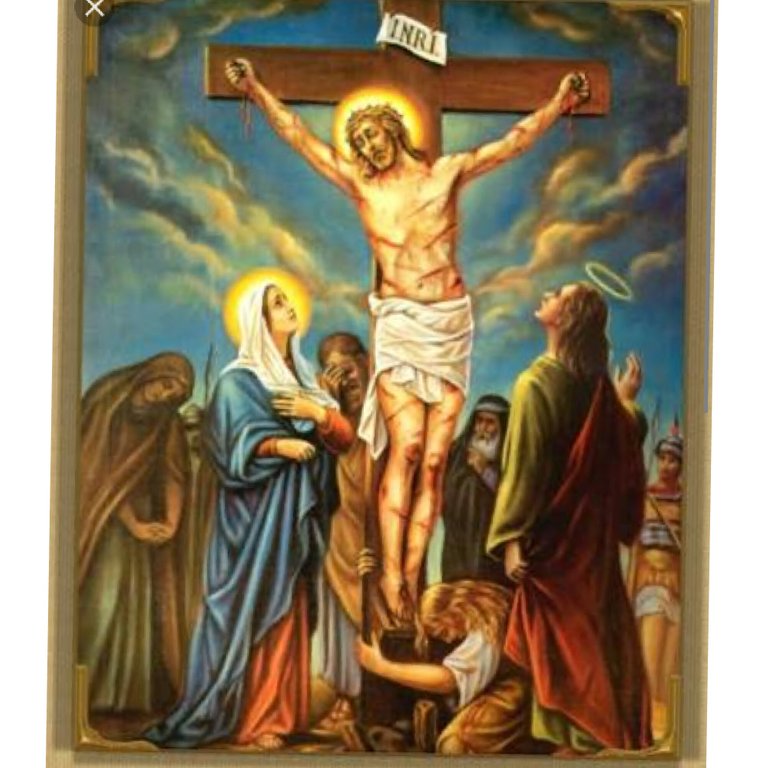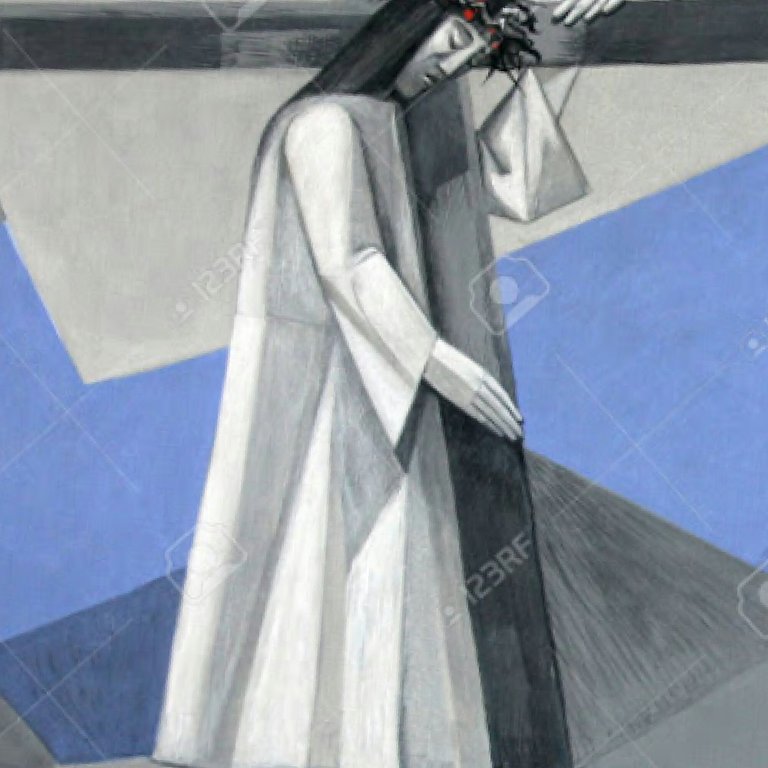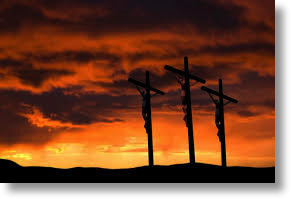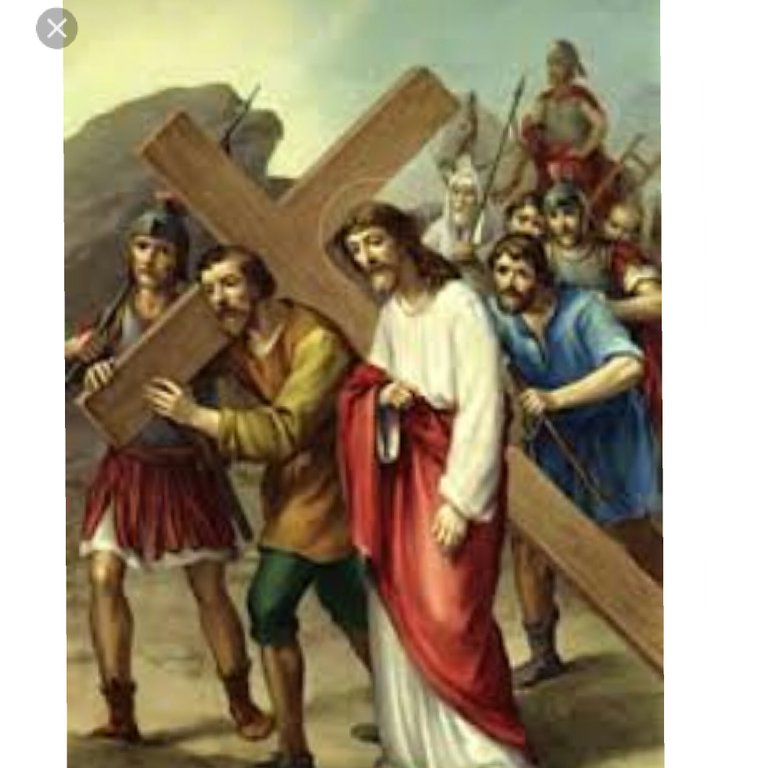
It is no news that on Wednesdays and Fridays, catholics all over the world gather together to experience a tinge of what Christ went through when He decided to die for us as an expiation for our sins.
One may begin to ponder and wonder; did He have to die? Why must the blood of an innocent man be shed before men may gain redemption? Why must it be done the hard way- bloody way if i may add. Adam and Eve did not kill anyone, it was an apple they ate which was not in tandem with God's commands but why should a life be the ransom?
The foregoing questions call to mind the fact that there must be something extraordinary about the cross, particular reference to the stations of the cross To aid understanding, there is need to look at the evolution of the stations of the cross.

The History:
From the earliest of days, followers and disciples ofJesus told the story of his passion, death and resurrection. When pilgrims came to see Jerusalem, they were anxious to see the sites where Jesus was. These sites become essential holy connective source with Jesus. Eventually, following in the footsteps of the Lord, along the way of the cross, became a part of the pilgrimage visit.
It is worthy of note that the stations grew out of imitations of Via Dolorosa in Jerusalem which is believed to be the actual path Jesus walked to Mount Calvary. The object of the stations is to help the Christians faithful to make a spiritual pilgrimage through contemplation of the Passion of Christ, whch was achieved in the long run.
The rationale for the stations, as we know them today, came about when it was no longer easy or even possible to visit the holy sites. As a matter of fact, not everyone could afford the money needed to transport themselves to Jerusalem. In the 1500's, villages all over Europe started creating "replicas" of the way of the cross, with small shrines commemorating the places along the route in Jerusalem. Eventually, these shrines became the set of 14 stations we now know and were placed in almost every Catholic Church in the world. Today, stations of the cross have been put in pamphlet format so as to enable individual participation even in our homes
The Stations of the Cross or the Way of the Cross is also known as Way of Sorrows or Via Crucis.

The underlying message:
Each station is akin to a step which leads us into one of the multiple Mysteries of the Cross—the mystery of suffering, of failure, of faith, of mission, of divine weakness, of freedom from fear, of hope in hopelessness, of vulnerable love, and more. As we walk with Jesus, each station invites us to "die a little more to what holds us back” and to live a little more in the way that leads to the fullness of life.

Furthermore, it exposes us to the travails, trials, temptations that this world will bring and that our ultimate goal should be the price. People may Jeer at us, spit on us, revile us, take our sacrifice for granted but when we meditatively ponder on the 14 steps, we shoul be rest assured that we are not alone, Christ had erstwhile sojourned that path and emerged victorious.
Ours cant be any different, trust me.
Written Thoughts- #legallyGod's